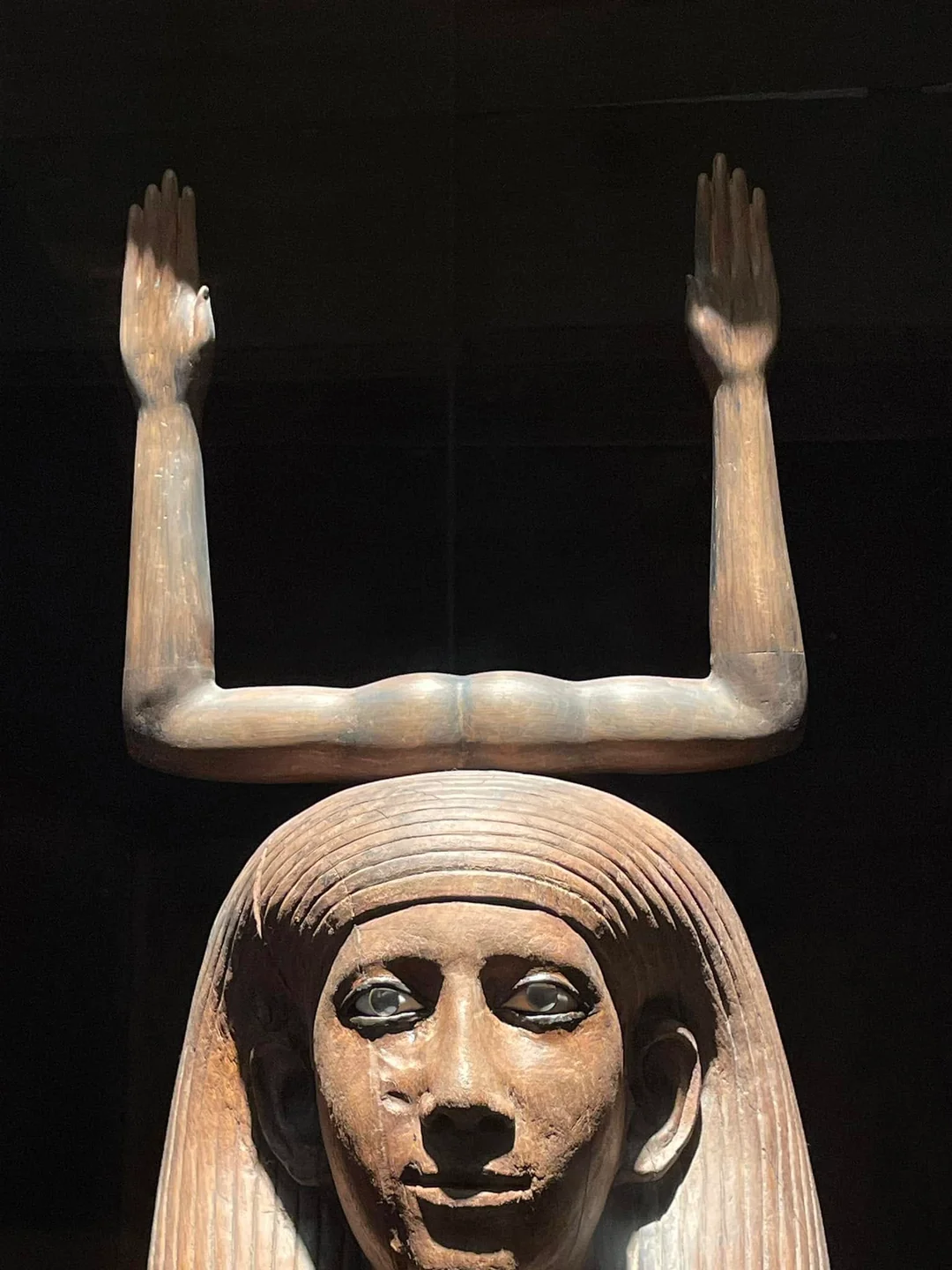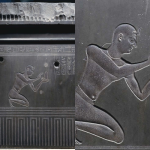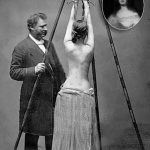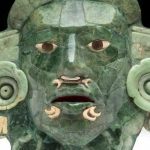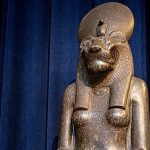Statue of Pharaoh Awibre’ Hor
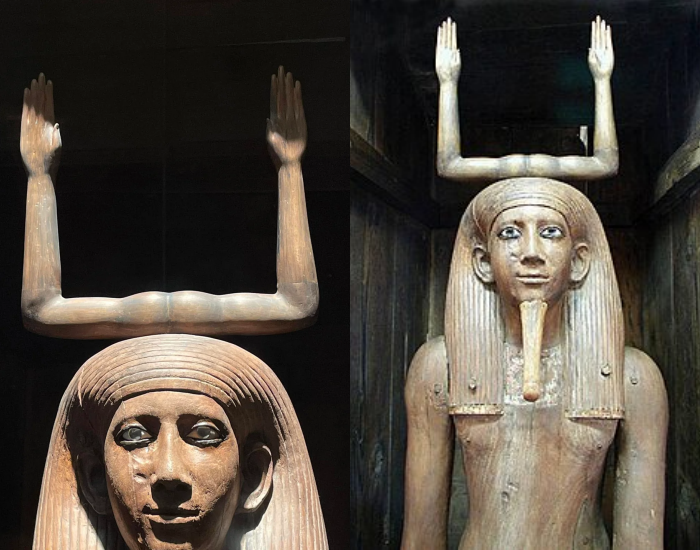
Pharaoh Awibre’ Hor (also known as Auibra-Hor or Hor Auyibre) reigned during Egypt’s 13th Dynasty, around 1760 B.C. Although his rule is thought to have lasted only a few months, his burial site, discovered at Dahshur near the pyramid of Amenemhat III, was found intact. Among the remarkable finds was a wooden altar and a life-size wooden ka statue of the king.
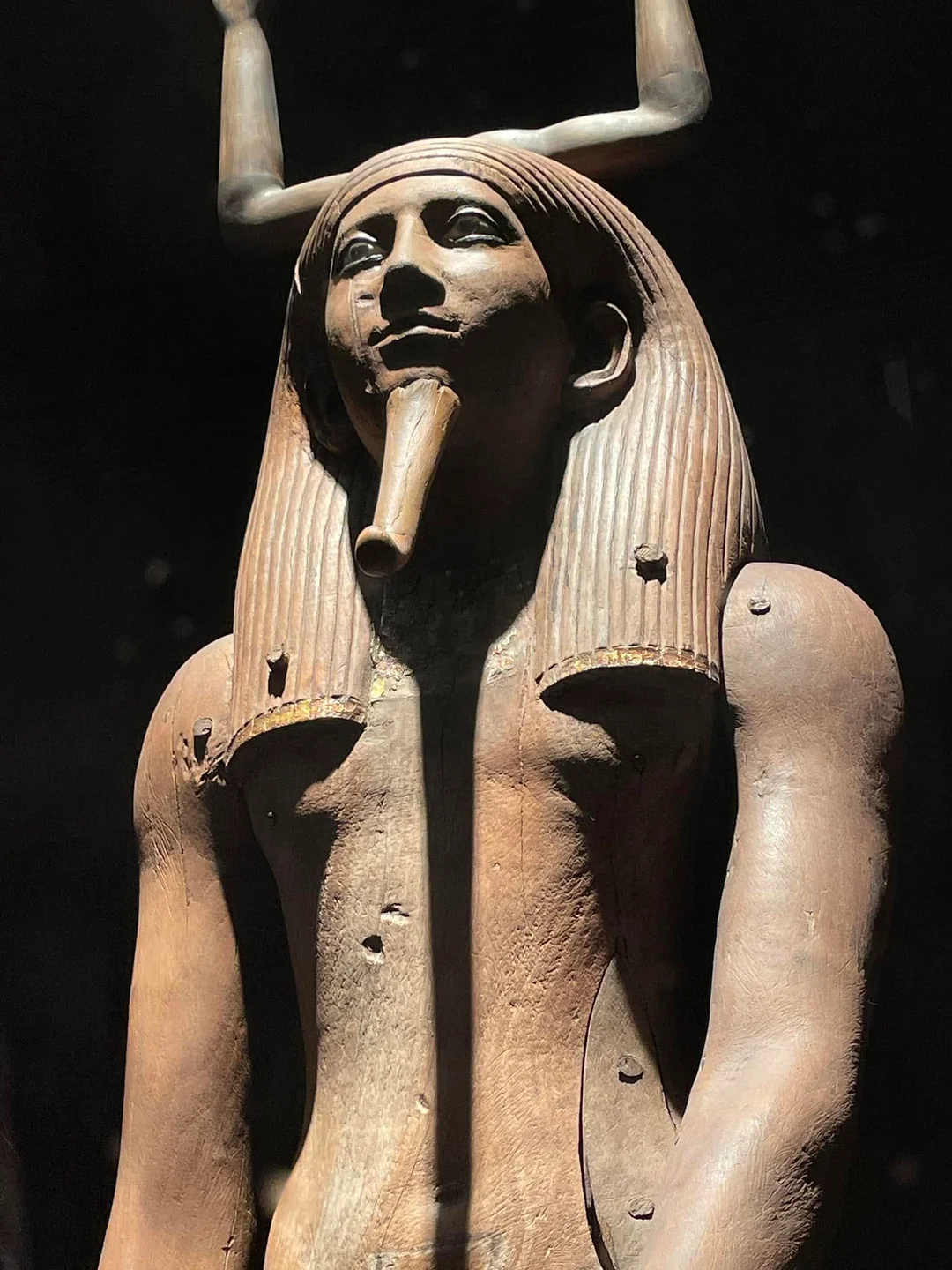
The statue depicts the pharaoh with arms raised in the form of the hieroglyphic ka sign above his head. It was placed inside a small wooden shrine near the pyramid of Amenemhat III. In Egyptian belief, the ka represented the life force that remained with a person after death, making it essential to preserve the body so the ka could return and continue existence in the afterlife.
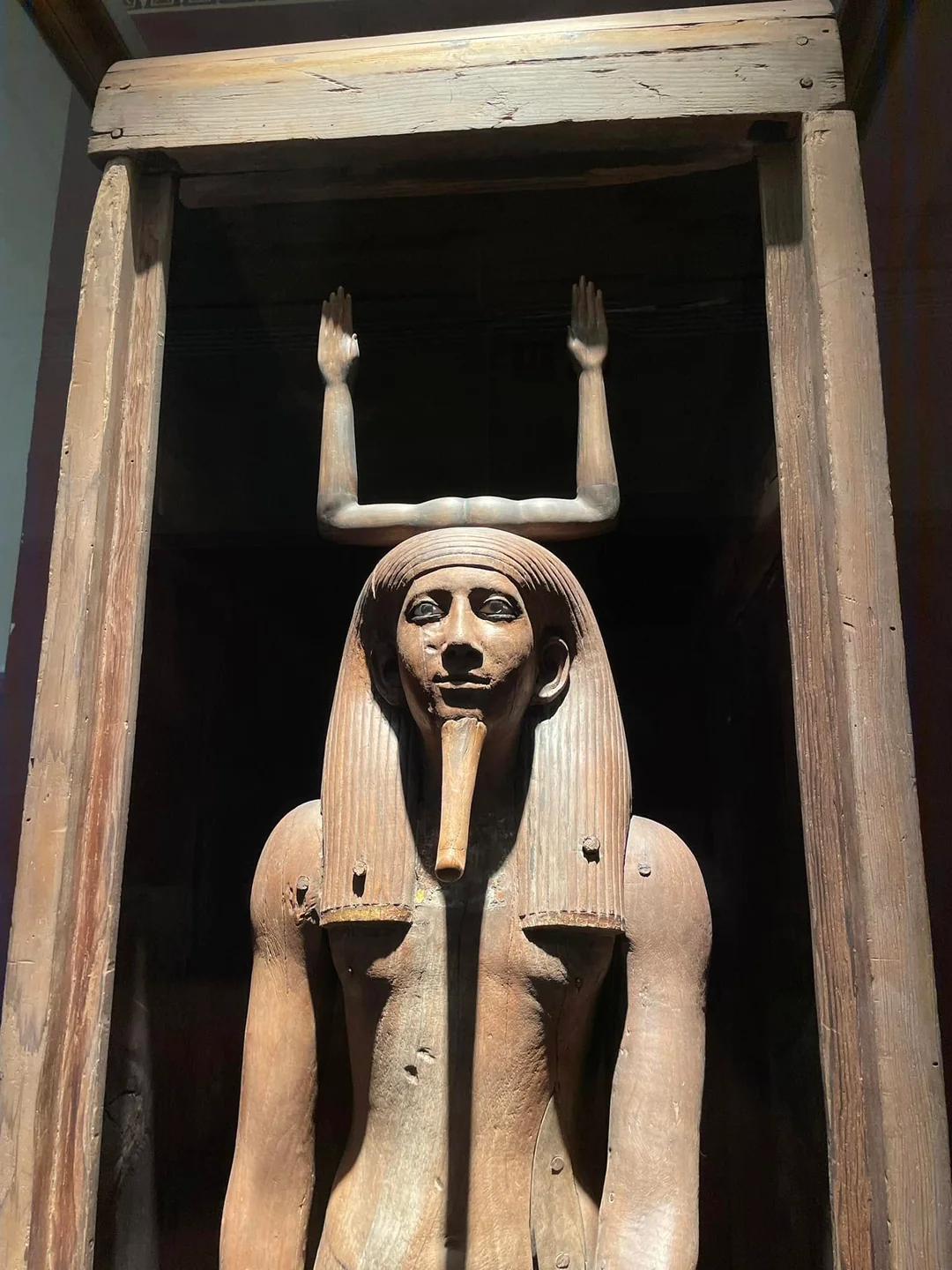
The statue’s inlaid eyes give it a strikingly lifelike expression: the rims are made of bronze, the pupils of rock crystal, and the whites of quartz. Today, this extraordinary piece is housed in the Egyptian Museum in Cairo.
